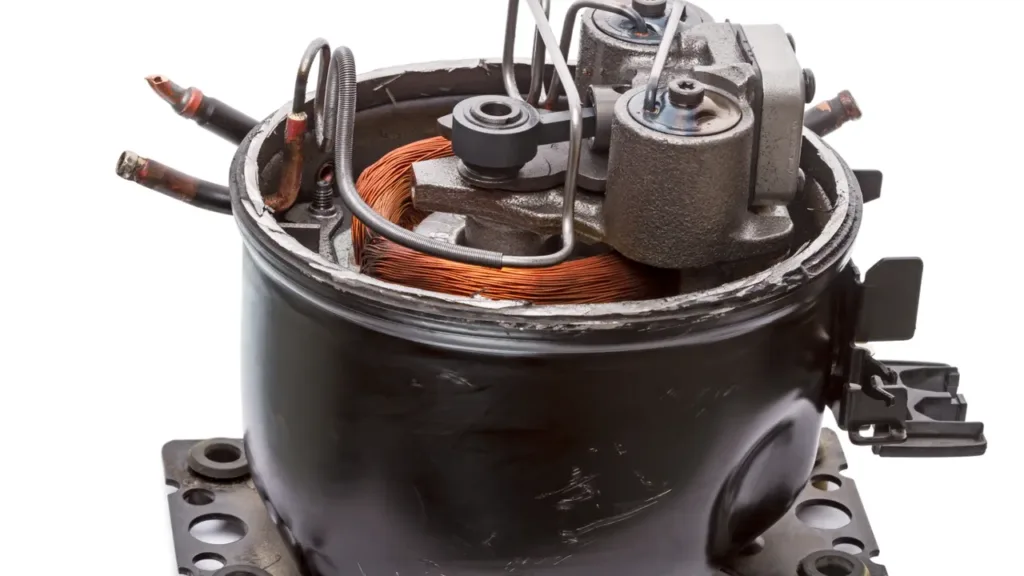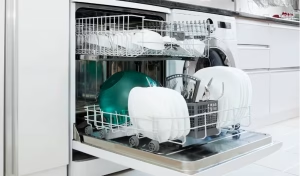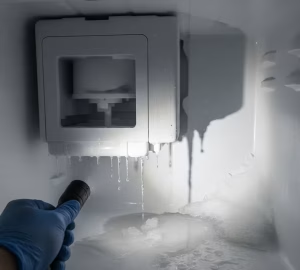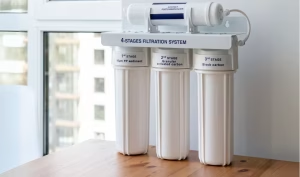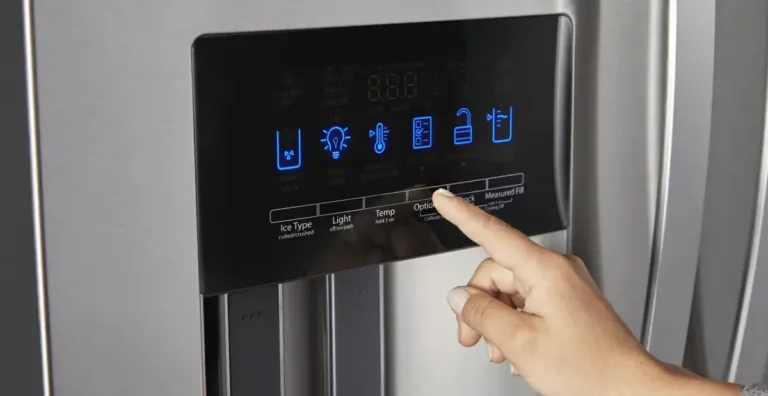A refrigeration sealed system is a crucial component of your refrigerator, ensuring that your food stays fresh and safe to consume. However, like any appliance, refrigerators can develop problems over time, which may impact their performance. In this article, we’ll explore common refrigeration sealed system issues, their symptoms, and how to diagnose and fix them. With this knowledge, you can keep your refrigerator running efficiently and avoid expensive repairs.
A well-functioning refrigeration system is essential for preserving your food and keeping your beverages cold. However, when you encounter sealed system issues, it can lead to a loss of cooling efficiency or even complete refrigerator failure. In this complete guide, we’ll discuss the most common refrigeration sealed system problems and provide solutions to help you diagnose and fix them. By understanding the signs and causes of these issues, you can save time, money, and avoid the need for expensive professional repairs.
Identifying Sealed System Issues
Sealed system issues typically manifest as inadequate cooling or complete failure to cool. Common signs of sealed system problems include:
- Inability to maintain the set temperature
- Excessive frost buildup in the freezer
- Unusually warm refrigerator compartment
- Compressor running continuously or not at all
- Strange noises or vibrations coming from the refrigerator
Refrigerant Leak
Symptoms: Inadequate cooling, frost buildup in the freezer, or a constantly running compressor.
Diagnosis: A refrigerant leak is one of the most common sealed system issues. To diagnose a leak, listen for a hissing sound coming from the refrigerator, which may indicate escaping refrigerant. You can also check for oil stains around the refrigeration lines, as refrigerant leaks often leave oily residue.
Solution: If you suspect a refrigerant leak, it’s essential to call a professional technician, as refrigerant handling requires specialized tools and expertise. The technician will locate the leak, repair it, and recharge the system with the correct amount of refrigerant.
Compressor Failure
Symptoms: Refrigerator not cooling, unusual noises, or compressor not starting.
Diagnosis: The compressor is the heart of the refrigeration sealed system, and its failure can result in a complete loss of cooling. To diagnose a compressor issue, listen for any unusual sounds, such as humming or clicking, coming from the compressor. You can also test the compressor by using a multimeter to check for electrical continuity.
Solution: If the compressor has failed, it’s best to contact a professional technician to replace it, as compressor replacement is a complex and time-consuming task.
Clogged Capillary Tube
Symptoms: Inadequate cooling or frost buildup in the freezer.
Diagnosis: The capillary tube is a small, narrow tube that carries refrigerant from the condenser to the evaporator. A clogged capillary tube can restrict refrigerant flow, resulting in poor cooling performance. To diagnose a clogged capillary tube, check for frost buildup on the evaporator or a swollen appearance in the tube itself.
Solution: To fix a clogged capillary tube, a professional technician will need to replace the tube and recharge the refrigerant.
Faulty Evaporator Fan Motor
Symptoms: Poor cooling performance, uneven temperatures, or unusual noises.
Diagnosis: The evaporator fan motor circulates cold air throughout the refrigerator, ensuring even cooling. A faulty fan motor can result in inadequate cooling or temperature fluctuations. To diagnose a faulty fan motor, listen for any unusual sounds, such as grinding or whirring, coming from the evaporator fan.
Solution: If the evaporator fan motor is faulty, it can typically be replaced by a professional technician or a skilled DIYer with the proper tools and guidance.
Defective Condenser Fan Motor
Symptoms: Overheating compressor, poor cooling performance, or unusual noises.
Diagnosis: The condenser fan motor is responsible for dissipating heat from the condenser coils, which helps maintain the refrigerator’s efficiency. A faulty condenser fan motor can lead to an overheating compressor and inadequate cooling. To diagnose a defective condenser fan motor, listen for any unusual sounds, such as grinding or whirring, coming from the condenser fan.
Solution: If the condenser fan motor is defective, it can typically be replaced by a professional technician or a skilled DIYer with the proper tools and guidance.

